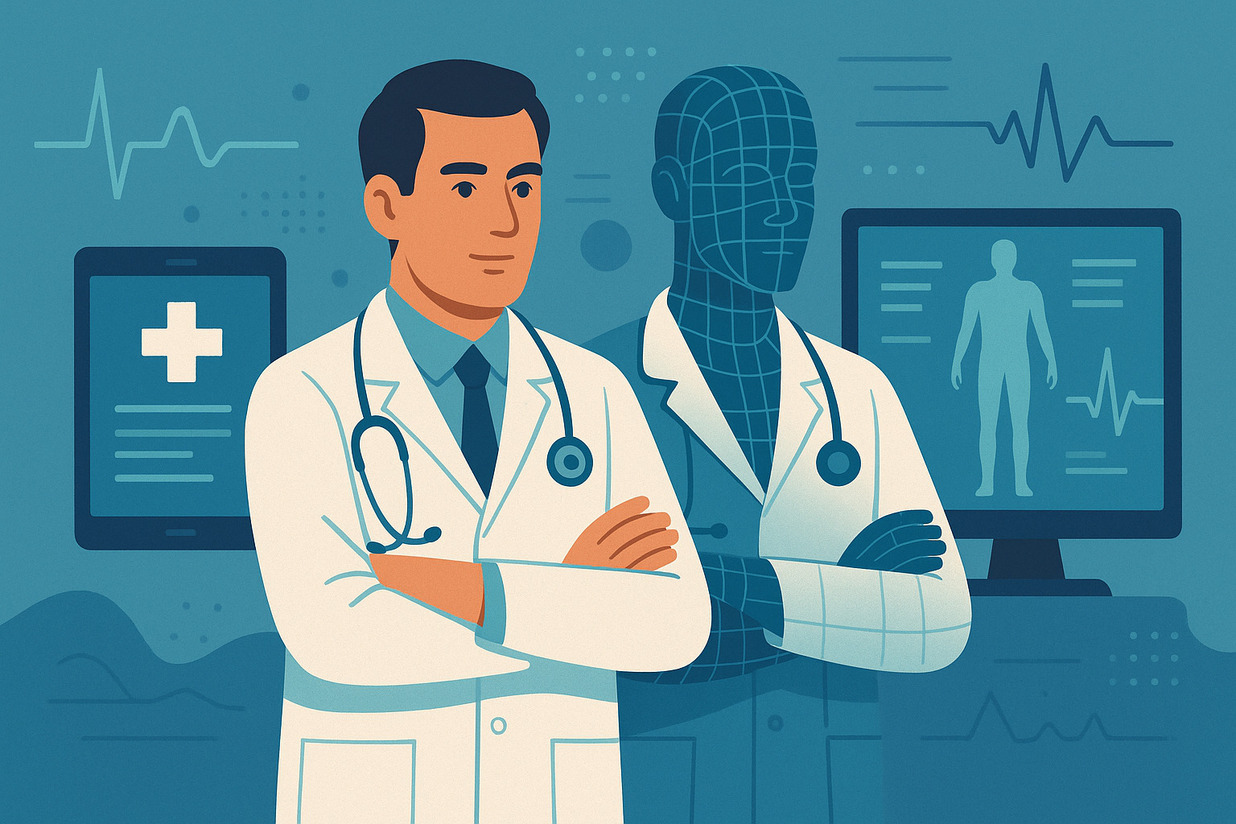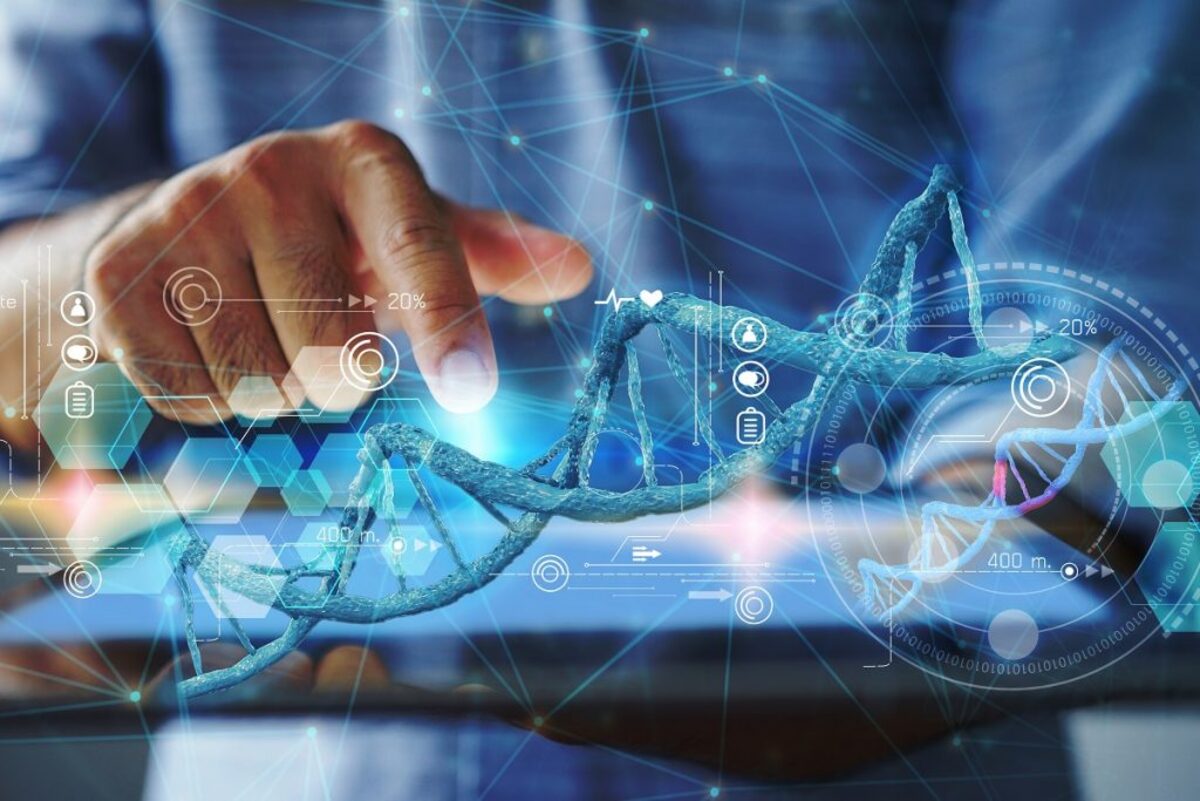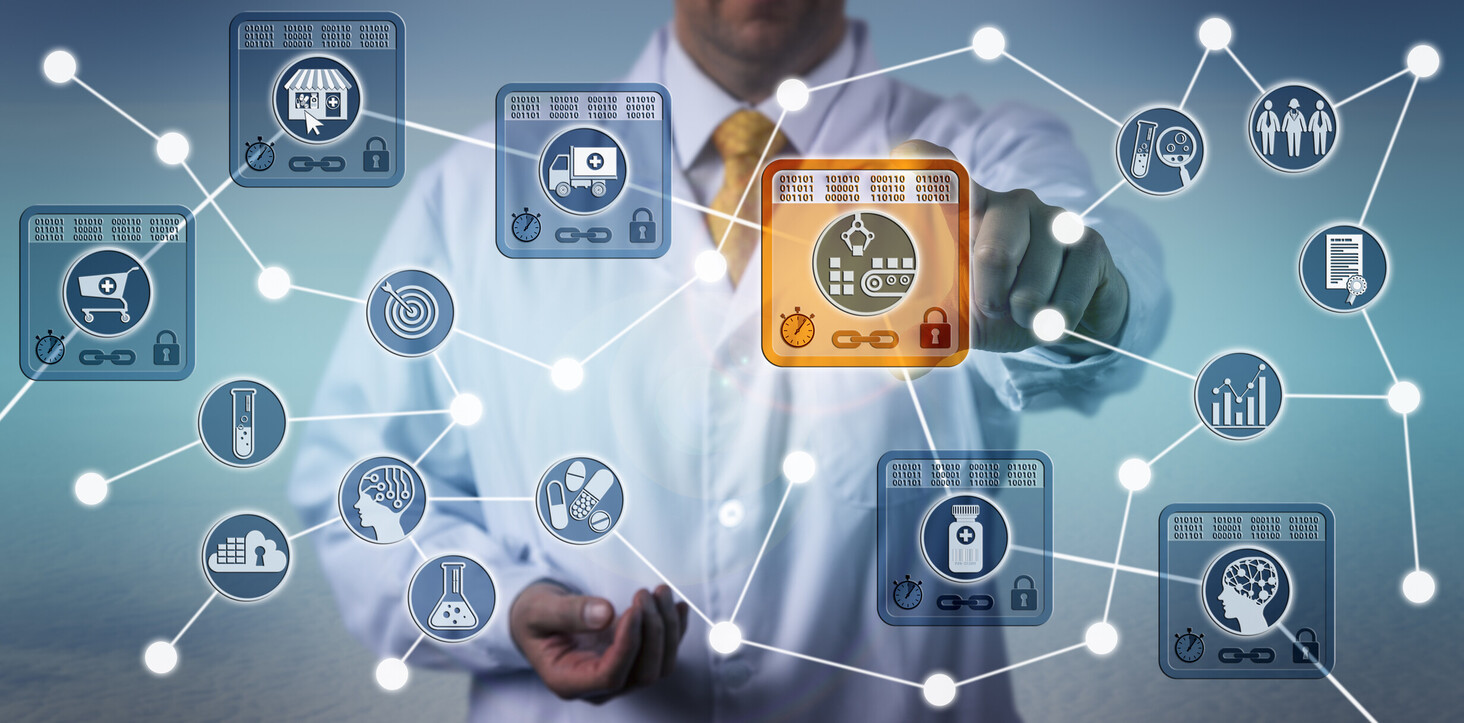How Virtual Twins Help Advance Our Health
As people continue to seek more personalized and reliable ways to improve their health, the concept of digital twins is emerging as a breakthrough in the medical field. A digital twin is a virtual version of a real object—like the human body—used to observe, analyze, and better understand an individual’s physical condition. In healthcare, it opens the door to safer and more effective treatment strategies.
Through this technology, it is possible to create a detailed and accurate model of a patient’s body. Information from DNA, lifestyle, and medical history is integrated to form a virtual copy that doctors can use to evaluate conditions and plan treatments. This not only reduces medical risks but also helps patients better understand their own bodies.
The ability to simulate the body’s response to various medications, procedures, or stress factors is a major step toward personalized care. With a digital twin, doctors can make more confident decisions for their patients.
Understanding the Concept of Digital Twins in Healthcare
A digital twin is more than just a 3D image or technical data. It is a dynamic model that changes based on real-time information from the patient. Think of it as a mirror—but more detailed, intelligent, and helpful in making healthcare decisions.
It’s not just for high-tech hospitals. Even patients at home, using wearable technology and devices like fitness trackers or smartwatches, can contribute to their own digital twin. This allows for more frequent health monitoring and faster detection of early warning signs.
This technology is not meant to replace doctors, but to provide them with clearer and more reliable data for making accurate decisions tailored to each patient.
From DNA to Lifestyle: Leveraging Personal Data
One of the most important aspects of a digital twin is its ability to incorporate different types of patient information. From genetic profiles, eating habits, and sleep patterns to daily activities, all of these play a role in building an accurate virtual model.
DNA insights can reveal a person’s risk for certain illnesses and help prevent them before they worsen. For instance, if someone is predisposed to diabetes, the digital twin can simulate how diet changes or exercise routines could help regulate blood sugar levels.
This deeper understanding of individual health begins not just in clinics, but with everyday life decisions. The digital twin transforms that information into guidance for choosing a healthier path.
Safer Testing of Medical Treatments
Before performing a treatment, a digital twin can be used to predict how a patient’s body might respond. For example, before prescribing a new drug, doctors can simulate in the digital model whether it might trigger an allergic reaction or prove ineffective.
This is a significant step toward ensuring patient safety. Instead of “try and see,” the digital twin allows doctors to study various scenarios in advance. It saves time, money, and most importantly, spares patients from unnecessary emotional stress.
In complex procedures like heart or brain surgeries, having a digital twin is extremely valuable. It allows surgeons to measure the impact of their actions before operating on the actual body.
Remote Health Monitoring Made Possible
Not everyone has easy access to large hospitals or specialized doctors. But with digital twins, patients in remote areas can still receive quality healthcare services.
With the help of wearable devices and cloud technology, data can be sent to the digital twin even from distant locations. Heart rate, blood pressure, and other vital signs can be tracked to determine if urgent action is needed.
This brings hope to underserved communities and helps healthcare professionals make timely, life-saving decisions.
Promoting Preventive Care and Wellness
We don’t have to wait to get sick before paying attention to our health. With a digital twin, we can identify body aspects that may lead to future problems.
Regular checkups using the virtual model are like doing routine maintenance on a car. You can detect “warning signs” even before symptoms appear. This knowledge allows for lifestyle adjustments, healthier food choices, or increased physical activity.
Instead of treating illness, the focus shifts to prevention—and in this, the digital twin acts as a quiet guardian of our well-being.
Collaboration Between Technology and Medical Experts
Digital twin technology can’t succeed without the active involvement of doctors, nurses, and other medical professionals. It’s a supportive tool—not a replacement—for their experience and instincts.
Used correctly, it deepens a professional’s understanding of a patient’s condition. It can also support group studies or clinical trials, speeding up the discovery of better treatments.
Strong communication between patients, doctors, and technology forms the foundation of effective digital twin use.
Challenges in Implementing This Technology
Despite its many benefits, there are challenges in scaling digital twin technology. One major issue is privacy—sensitive patient information must be protected.
Additionally, not all areas have the necessary technological infrastructure to support this system. Health professionals also require adequate training to understand and apply it properly.
However, with continued technological advancement, these challenges are slowly being addressed.
The Role of Digital Twins in Chronic Illness
For patients with long-term conditions like hypertension, diabetes, or arthritis, digital twins offer tremendous support. Continuous monitoring reveals when risks rise or treatment needs adjusting.
Pattern recognition can detect whether stress, diet, or lack of sleep is impacting a condition. Doctors can then explain needed changes in daily routines more clearly.
Patients also become more engaged in their own care by tracking real-time data and making informed decisions.
Looking Toward the Future of Personalized Healthcare
Over time, healthcare is becoming more centered on personalized approaches—developing plans based on the individual, not just the illness.
Digital twins support this by providing a clearer picture of how each person’s body functions. The insights go beyond the physical to include emotional and mental health as well.
Instead of one-size-fits-all, each person gets the space to experience care tailored to their unique needs.
Digital Twins as Long-Term Health Partners
As technology becomes more integrated into healthcare, digital twins are becoming part of daily life—not just for the sick, but also for those who want to maintain good health.
Having a virtual version of the body is like having a personal advisor—silent but always present. It observes changes, helps adjust habits, and provides knowledge for wiser decisions.
In conclusion, the digital twin isn’t just a new technology. It’s a human-centered tool for understanding oneself and caring for the body in a more personal, mindful, and innovative way.


